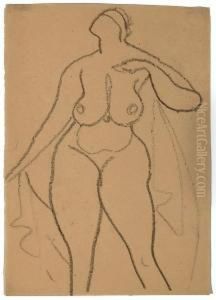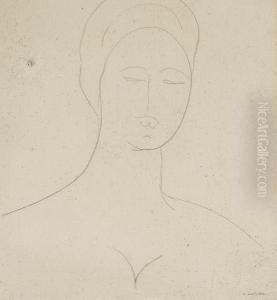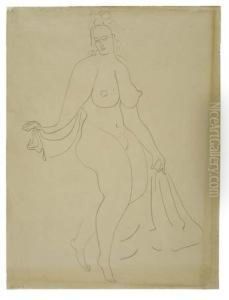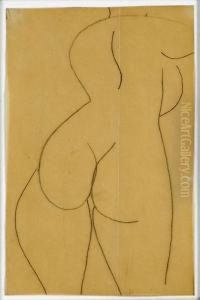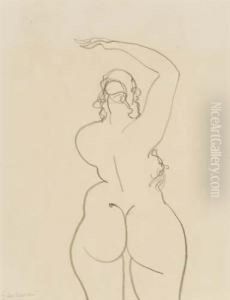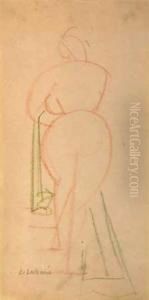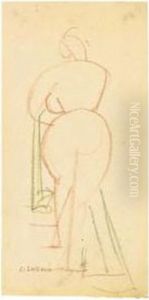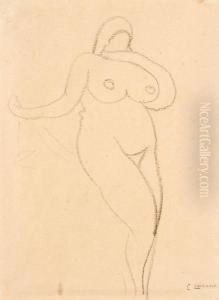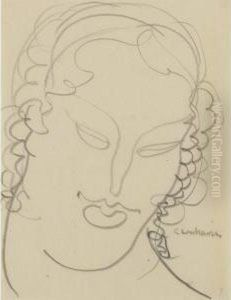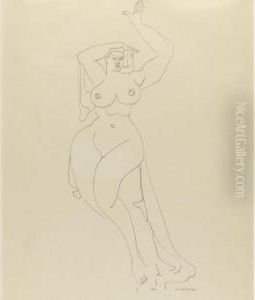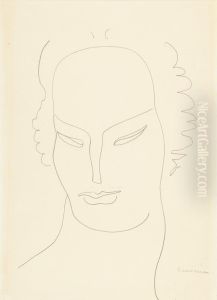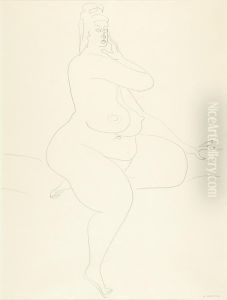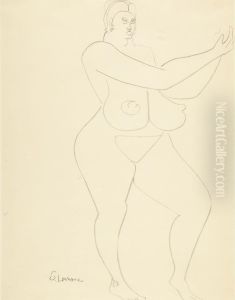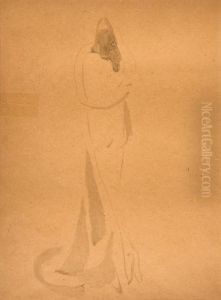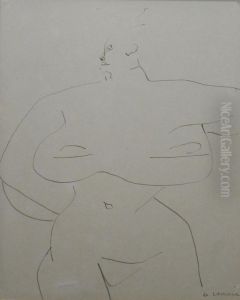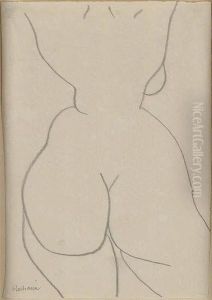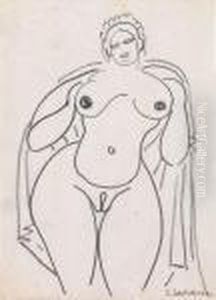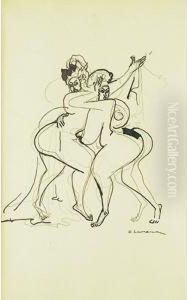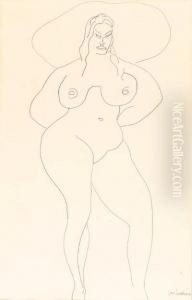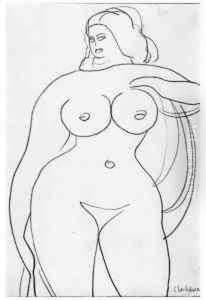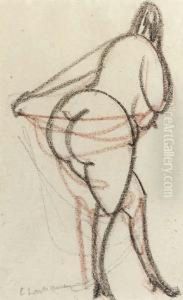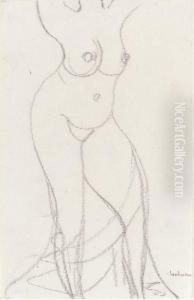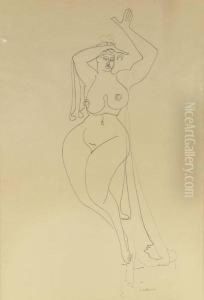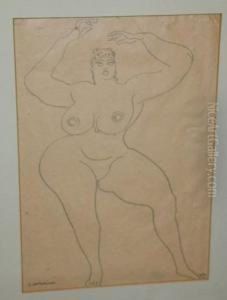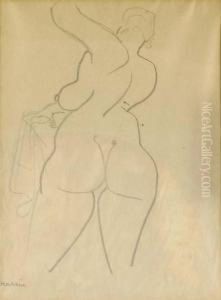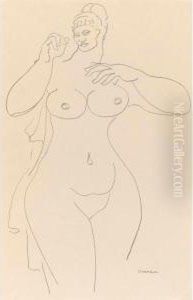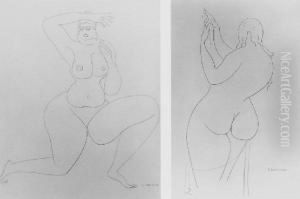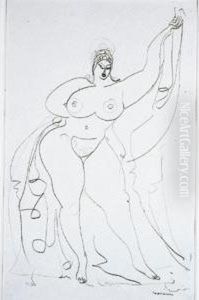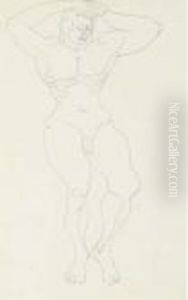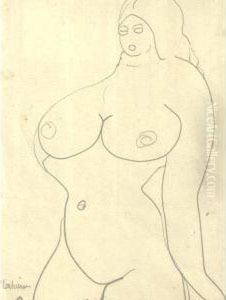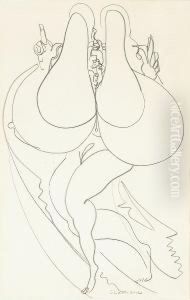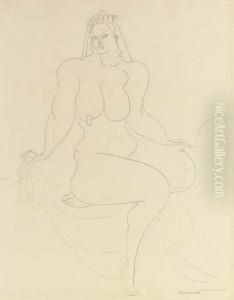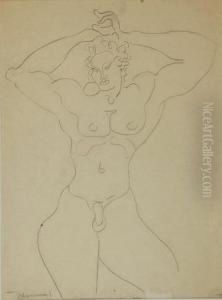Gaston Lachaise Paintings
Gaston Lachaise was a prominent French-American sculptor, best known for his depiction of the female form. Born on March 19, 1882, in Paris, France, Lachaise was the son of a carpenter who specialized in making wooden models for the foundries. This early exposure to craftsmanship deeply influenced his future work. He began his artistic training at the École des Beaux-Arts in Paris at the age of 13, where he mastered the techniques of traditional sculpture.
Lachaise's early work in France was classical in nature and heavily influenced by the statues of Greek antiquity. However, his style evolved significantly after he moved to the United States in 1903. It was there that he met his future wife, Isabel Dutaud Nagle, who became his muse and the inspiration for much of his later work. Her voluptuous figure and his love for her led him to create sculptures that celebrated the sensuality and power of the female body.
After settling in America, Lachaise worked for several years as an assistant to other sculptors, including Henry Hudson Kitson in Boston, and later, Paul Manship in New York. During this time, he continued to develop his own style and began to gain recognition for his unique approach to form. By the 1920s, Lachaise had established himself as a significant figure in the American art scene. He was a member of the National Sculpture Society and exhibited his work widely, including at the Museum of Modern Art in New York.
Lachaise's sculptures often featured exaggerated and stylized figures that exuded a sense of vitality and eroticism. One of his most famous works is the monumental bronze 'Standing Woman' (1932), which showcases his mature style and his celebration of the female form in a bold and confident manner. His work was not limited to the female figure, however; he also created portrait busts, floating figures, and animal sculptures.
Lachaise's contribution to the field of sculpture was significant, and he was highly regarded by his contemporaries for his innovative techniques and his ability to capture the essence of life in his art. Despite his success, his life was cut short when he died suddenly from complications of leukemia on October 18, 1935, in New York City. Although his career was relatively brief, his impact on American sculpture and his role in the development of modernism in art remain influential to this day.
